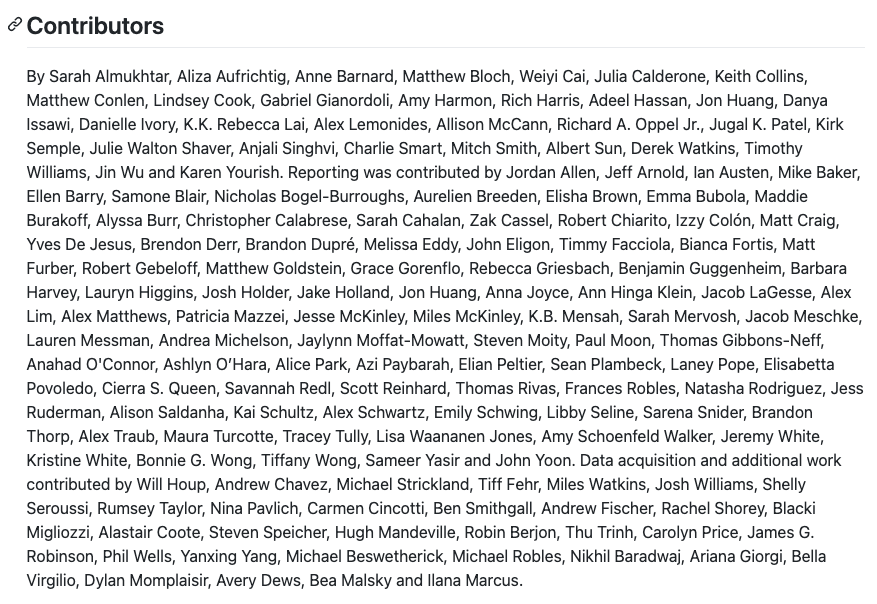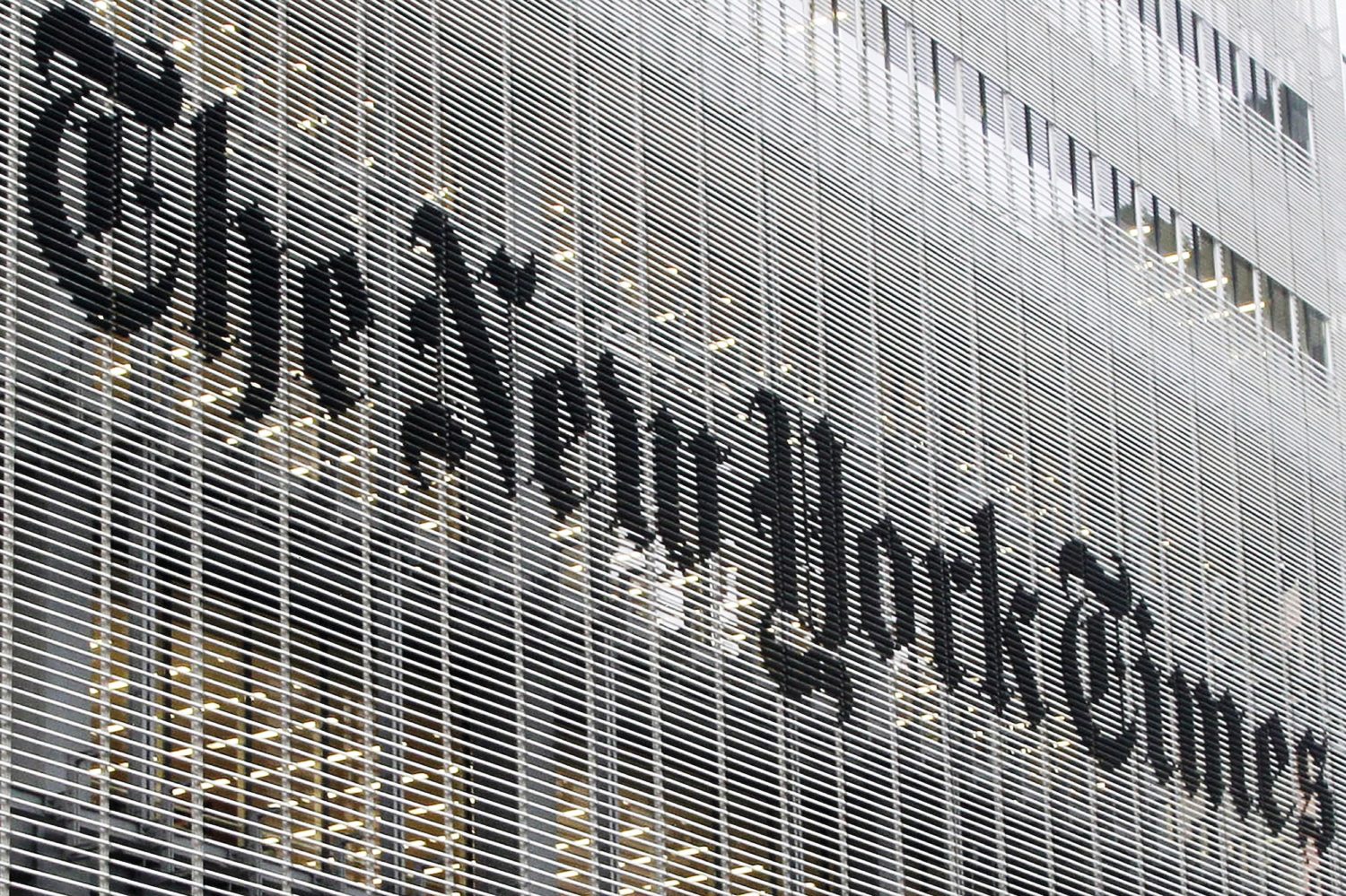In 2020, The New York Times balanced technical data work with clean visualizations and personal stories to help readers understand the impact of the coronavirus pandemic. The paper filled a void left by spotty government data to describe the toll of COVID-19 on the U.S.
On Friday, the Times won the 2021 Public Service Pulitzer due to its “courageous, prescient and sweeping coverage of the coronavirus pandemic.” The winning work displayed the breadth of modern reporting. It spanned from video footage taken by an emergency room doctor in Queens to interactive maps showing the capacity of nearby intensive care units.
Their winning work included a Jan. 6, 2020, piece titled “China Grapples With Mystery Pneumonia-Like Illness” which described a man named Li Bin who had a strange cold that wasn’t getting better. It was the eerie beginning of extensive coverage. On May 24, when a milestone 100,000 lives had been lost to COVID-19 in the U.S, The Times put that number in heartbreaking context on its front page with a list of 1,000 names — just 1% of the total death toll.
The Times uncovered the failure of officials across the world to anticipate the impact of COVID-19. They wrote about the failure to establish a testing system in the U.S. and how health officials dismissed early indicators of the incoming pandemic.
Toward the end of 2020, the Times produced a piece on the Chinese government’s censorship of negative news about the coronavirus outbreak. They, along with ProPublica, used more than 3,200 directives and 1,800 memos to create a timeline of the efforts the government made to downplay the impact and spread of the virus.
The 2021 Pulitzer Prize winners demonstrated the importance of timely, accurate news coverage in a year of great uncertainty. In the announcement of the winners, Pulitzer Prize Board co-chairs Mindy Marqués González and Stephen Engelberg described the challenges facing journalists in 2020. In-person interviews were life-threatening and misinformation was widespread. Reporters “faced the complexity of sequentially covering a global pandemic, a racial reckoning, and a bitterly contested presidential election.”
The Times embodied what Marqués González and Engelberg said about all the Pulitzer winners: They “covered the news, they delivered context, insights and information available nowhere else.”
The Times visualized coronavirus data for every U.S. county, giving readers what government agencies weren’t able to provide: “a round-the-clock effort to tally every known coronavirus case in the United States.”
Data analysts and reporters gathered millions of cases of COVID-19 across the American health care system in order to “compile a historical record” — and packaged the results, which were updated daily, so newspapers across the country could do the same for their readers.

Dozens of New York Times staffer worked to build and maintain the newspaper’s COVID-19 database.
“Many of us assumed we would just update this data for a little while and then eventually the federal government would step in with a consolidated system for reporting the data and we could go back to being pure consumers and visualizers of the data,” said Times graphics editor Albert Sun, who made one of the first public contributions to the project’s GitHub repository. The team had to rethink its workflows through a longer term lens when they realized the government would not be stepping in — that also inspired the plan to make it public.
This is the seventh Pulitzer for Public Service Reporting won by the Times. In 2018, reporters Jodi Kantor and Megan Twohey, along with The New Yorker’s Ronan Farrow, exposed wealthy and powerful sexual predators for their mistreatment of women in the workplace. Their reporting spurred the worldwide #MeToo movement.
The Courier-Journal was a finalist for its reporting on the killing of Breonna Taylor and the history of systematic racism in Louisville. ProPublica, with its own extensive coverage of the coronavirus pandemic, was also a finalist for the Pulitzer.
“With so much other great coverage of the pandemic this year it’s gratifying to see our project recognized,” Sun said. “There was a lot of important public service data work done last year, and we admired and were inspired by the work of the COVID Tracking Project, whose efforts filled another critical gap in the public’s knowledge of the pandemic.”







